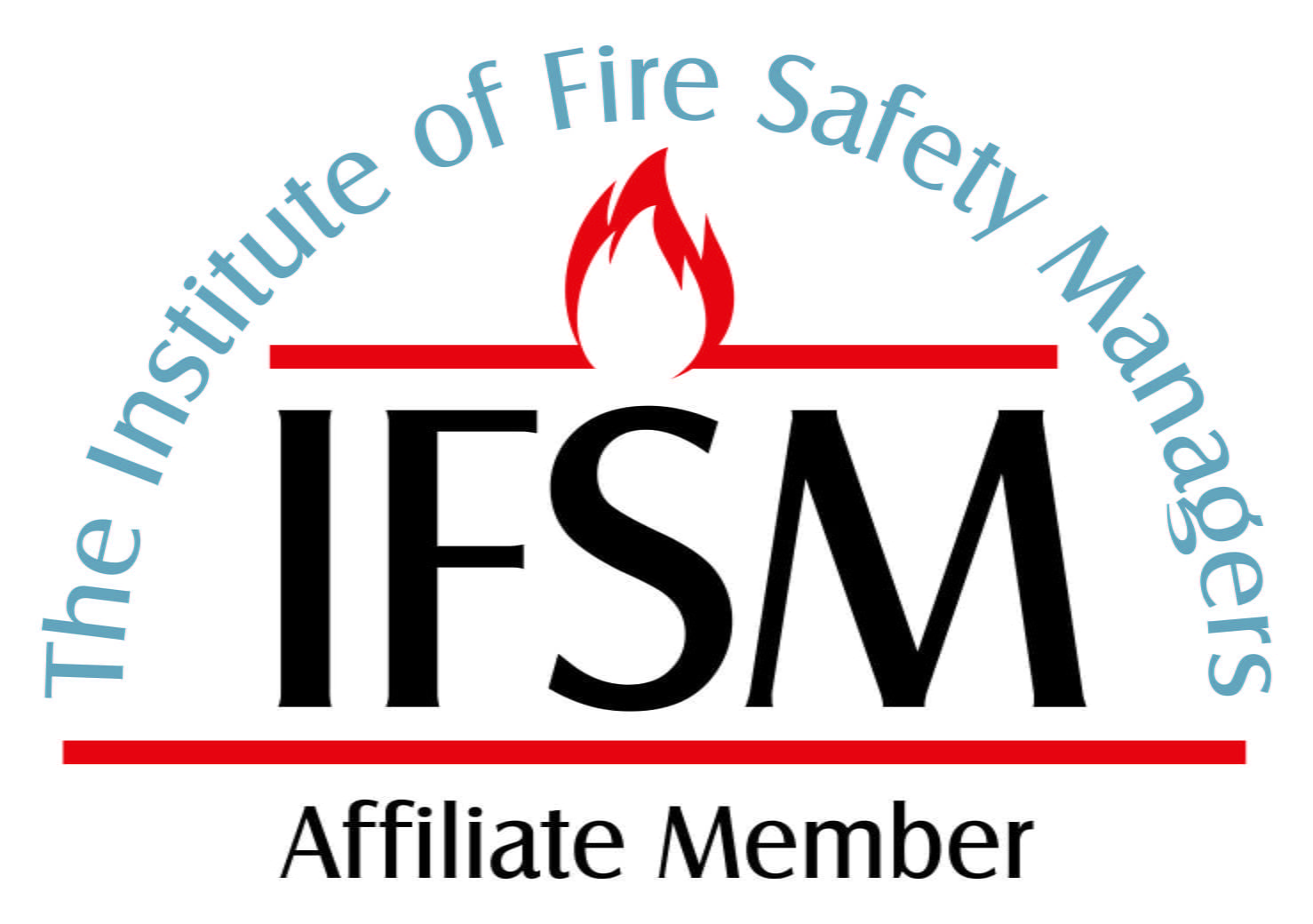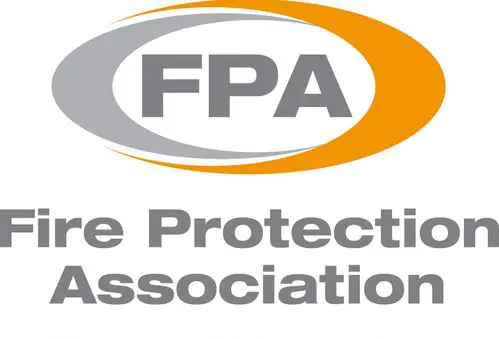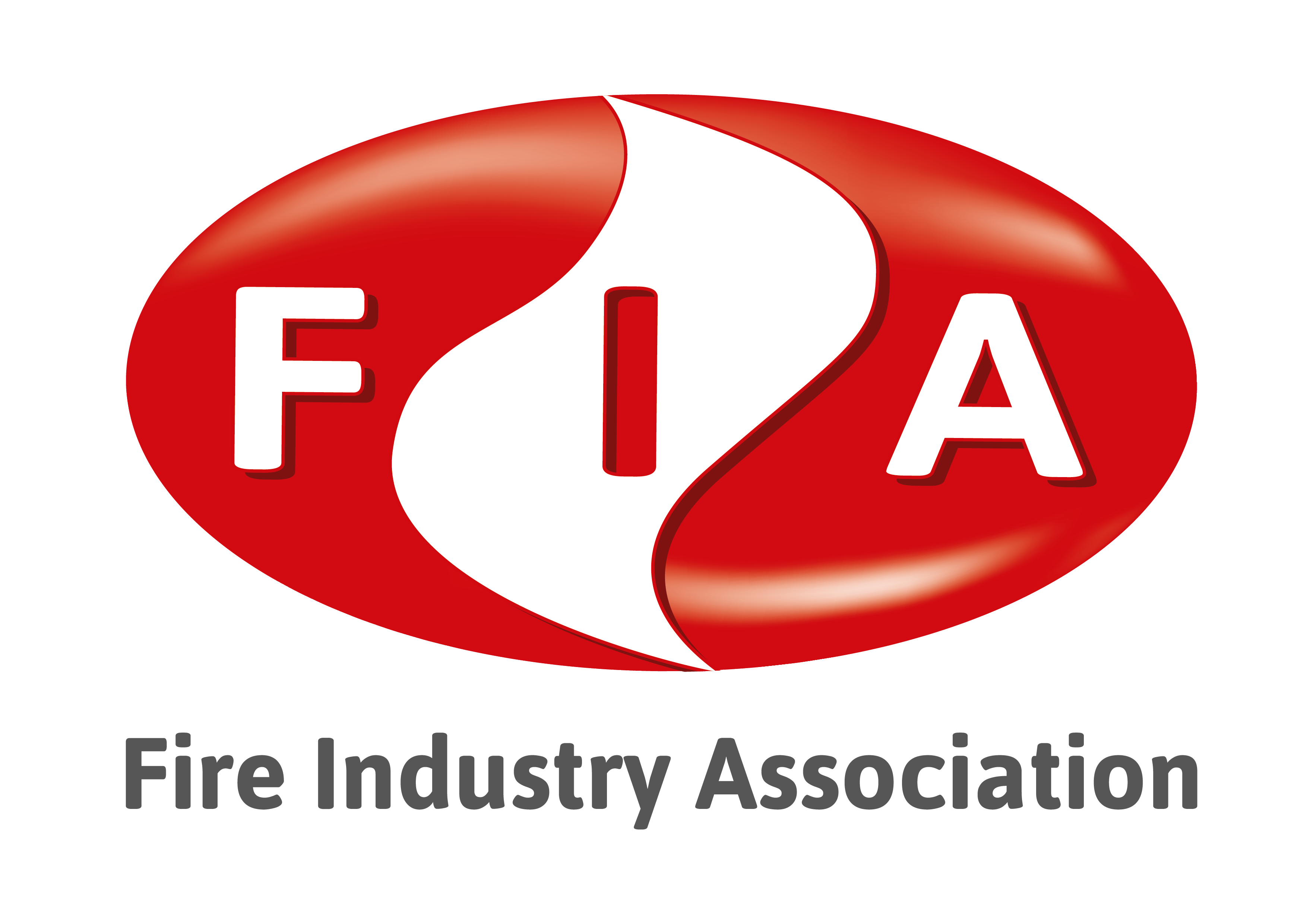We have a dedicated nationwide team of qualified and certified fire door inspectors, who are experienced performing fire door surveys for all buildings.
Fire Door Surveys
“Pyro Fire Services exceeded all expectations with their exceptional professionalism and efficiency. “
Get a Fire Door Survey Quote
Just fill in the form below and we’ll get back to you.
What is a Fire Door Survey?
Fire doors are a robust fire protection measure which should be checked and maintained like any other life safety system in a building.
Enquire NowWhy choose us to carry out your Fire Door Survey and Inspection?
Fire doors help slow the spread of fire and smoke throughout a building, not only to protect lives, but also to protect the property and neighbouring buildings. This only applies, however, if they are correctly maintained in a working condition.
In addition to the implications from various design codes, standards and guidance documents, we strongly urge companies to have the condition of their fire doors periodically checked; failure to do so could dramatically increase the threat level should a fire occur.
Responsive. Efficient. Compliant.
Since the uncovering of drastic failings of passive fire protection in various building fires such as the Grenfell Tower disaster, the importance of suitable checks of passive fire protection has been significantly highlighted.
Our Qualified and NAFDI (National Association of Fire Door Inspectors) Registered surveyors will carry out a fire door survey for a property and perform a detailed check for all fire doors on-site to ensure they are safe, compliant and effective in order to protect occupants against the spread of smoke and flame in the event of a fire. The process comprises the utilisation of a mobile form whereby all aspects of a fire doorset are analysed and photographed.
Enquire Now
The details we’ll record.
The following details are recorded:
- Door ID and location
- Survey type (certified or nominal)
- Door rating (FD20/30/60/120)
- Door measurements/dimensions (inner and outer frame)
- Door/frame material and type
- Condition of frame, doorstop, hinges, lockset, glazing, seals, closer, structure, signage and gaps
- Overall judgement (pass/fail)

All your digital Fire Door Inspections logs stored in one place
All information and documentation will then be uploaded to the easy-to-use web app, BLOCK7 database. You will receive a login to a secure online portal where you can access your properties. For each of your properties, you can manage risks, make comments, and mark risks as actioned. You can also export risks to issue an excel spreadsheet to contractors for remedial quotations.
Read our Frequently Asked Questions below for more helpful information
FAQ’S
- I think I know what doors need to be repaired, why do I need a survey?
- My fire doors were passed by building control, surely they are compliant?
- What do you check as part of a fire door inspection?
- How do you know what fire doors to check?
- Do you need the original door documentation/compliance certificates to determine whether a door is actually a fire door?
- How much does a fire door survey cost?

Nationwide coverage
We have a national team of rigorously vetted assessors and surveyors currently working in the following areas:
- Doncaster
- Southampton
- Sheffield
- Leeds
- Manchester
- Hull
- Peterborough
- Stoke on Trent
- Birmingham
- London
- Liverpool
- Bristol
- Plymouth
- Newcastle

- 0+ Clients
- 0+ Fire doors inspected
- 0+ Properties assessed
- 0+ 5-star reviews
Don’t take our word for it
We’re rated Excellent on Trust PilotOur Process

Our assessors and surveyors will inspect your building and gather the data for the report. We will consult with you on the risks, and assist you with understanding your fire safety responsibilities.

We compile a prioritised action plan with recommendations and photographs. The data will be recorded in a way that is easy to understand, before being submitted for quality assurance. This will then be validated and published on the portal.

Once published, you can actively manage reports and action risks for your properties. You will be able to download and create PDF reports, search and export risks, and view photographs.










